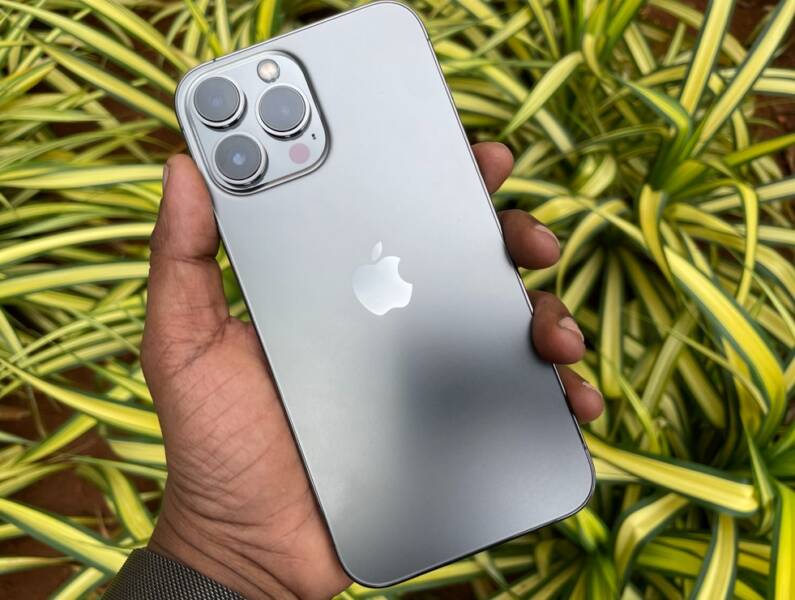The iPhone 13 Pro is a smartphone made by Apple. It was released in September 2021. If you want to upgrade your existing Apple device or shift from the Android ecosystem, the 13 series can be a good choice. As far as iPhones are concerned, the 13 pro also checks certain downsides of previous devices, making it worth its price point.
But, what cannot be neglected is the A15 Bionic. Apple’s chipsets have always stood tall in the crowd for generations. This continues that legacy.
iPhone 13 Pro: Top Specs in a Nutshell
The iPhone 13 Pro is a top-of-the-line device. It has a 6.1-inch Super Retina XDR OLED (2352 x 1170) display, which is larger than the current phone but smaller than its predecessor. The resolution is 1440p, and has a 120Hz refresh rate for smoother animations for gaming and media content. The iPhone 13 Pro Max digital zoom technology also features a 3x optical zoom, allowing you to get closer to the action without compromising image quality.
The iPhone 13 Pro also comes with 20W fast charging (up from 5W) and 15W wireless charging capabilities thanks to MagSafe technology — which means you can charge your phone without worrying about losing power.
The Mighty A15 Bionic Chipset
The A15 Bionic chipset is a 5 nm chip with an upgraded Neural Engine, an improved GPU, and CPU architecture. The A15 is the successor to the A14 chip, and it has had its own share of improvements since then.
It’s important to note that while this new generation of chipsets may not seem exciting on paper, they’re still significantly ahead of what we had last year regarding power efficiency and overall performance. This means you could see better battery life in your iPhone 13 Pro or even more consistent performance – without sacrificing speed or graphics fidelity.
Performance Benchmark Scores of the A15 Bionic
If you’re looking for benchmarks, several websites publish their results. Here are some of the most relevant ones –
- AnTuTu Benchmark (802368)
- GeekBench 4 Single-Core Score (1757)
- GeekBench 4 Multi-Core Score (4848)
- 3DMark Fire Strike Extreme Graphics score (8739)
The A15 Bionic chip has 15 billion transistors, giving it one of the highest transistor densities in its class; Samsung’s Exynos 9810 has 12 billion transistors. These numbers don’t tell us how fast your phone will run because they only quantify computational power based on the number of cores and clock speed, respectively.
How does the A15 stand up to the Market Competition?
The A15 chipset is a powerhouse, and benchmarks prove it. In fact, in some cases, it’s even more than 50% faster than the competition from Qualcomm (the Snapdragon 888).
As expected of Apple products—and further proving the quality of Apple’s deft hand with silicon, the iPhone 13 Pro is a veritable powerhouse, leagues ahead of the best Android offers.
As expected from its name, the A15 features an improved architecture over previous iterations. Tasks can be completed more quickly and efficiently on both single-threaded operations or multiple concurrent ones alike.
Final Words
It’s clear that Apple is making a push for people to upgrade their iPhones more often as well as make use of the latest features in its software updates. This is great news for consumers. This means the iPhone 13, 14, and upcoming models will be faster phones with better cameras and battery life that last longer than ever.
TechnologyHQ is a platform about business insights, tech, 4IR, digital transformation, AI, Blockchain, Cybersecurity, and social media for businesses.
We manage social media groups with more than 200,000 members with almost 100% engagement.








































